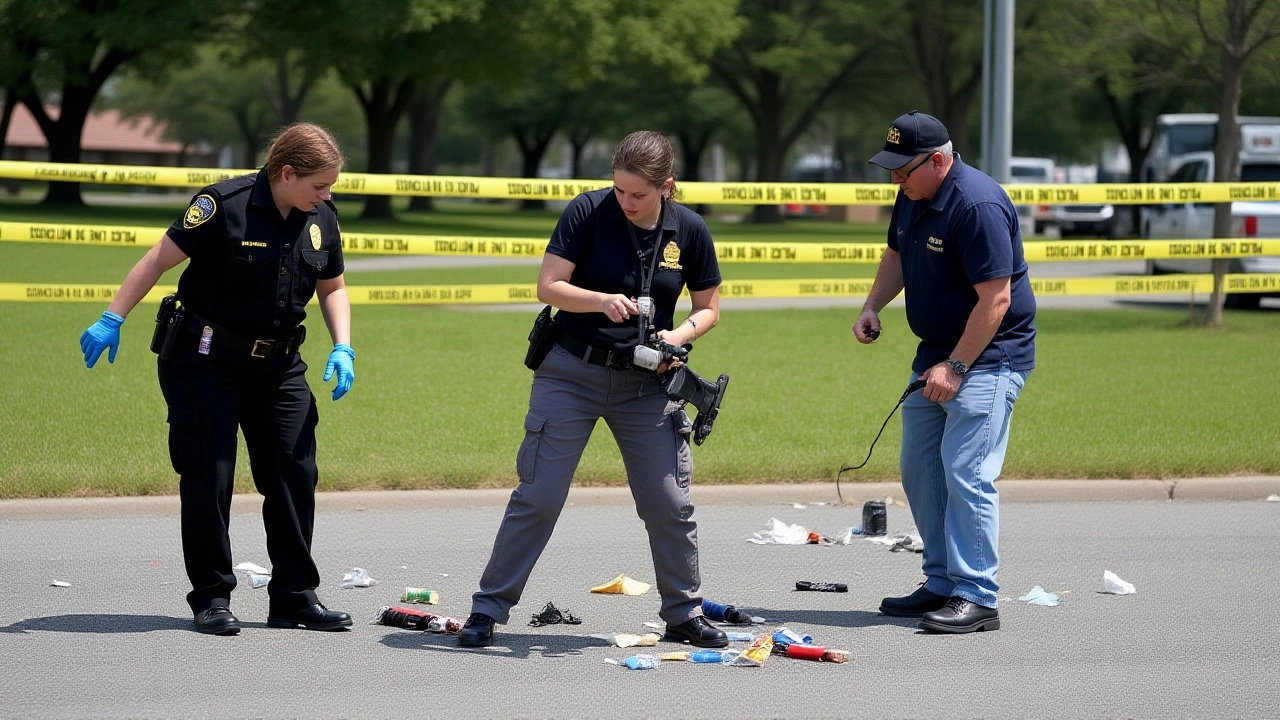Leland shooting
When discussing Leland shooting, the tragic event that unfolded in Leland, Texas, leaving multiple victims and igniting a national conversation about firearms. Also known as Leland incident, it exposed weaknesses in emergency response and community safety measures.
Key aspects of the Leland shooting
The gun violence, acts involving firearms that cause injury or death surrounding the Leland shooting underscores how quickly a single firearm can alter a neighborhood. This incident demonstrates that gun violence not only claims lives but also ripples through families, schools, and local economies. Understanding the dynamics of gun violence helps frame the broader debate on regulation and prevention.
Immediate law enforcement response, the coordinated actions taken by police, emergency services, and investigators highlighted both strengths and gaps in current protocols. First responders arrived within minutes, secured the scene, and began evidence collection, yet the chaos revealed challenges in communication and resource allocation. The way law enforcement response unfolds after such events often influences public trust and future policy adjustments.
Beyond the badge, victim advocacy, efforts by groups and individuals to support survivors and push for systemic changes surged after the Leland shooting. Organizations offered counseling, legal assistance, and platforms for families to share their stories. Victim advocacy plays a crucial role in shaping legislation and ensuring that the voices of those directly affected are heard in public discourse.
These pressures feed into the ongoing battle over firearm legislation, laws that regulate the sale, possession, and use of guns. Lawmakers cite the Leland shooting as a case study for stricter background checks, safe storage mandates, and red‑flag laws. The link between a single incident and national policy illustrates how local tragedies can spark broad legal reforms.
Media coverage also shaped perception of the Leland shooting. Continuous reporting brought the story into living rooms across the country, amplifying public opinion and prompting community dialogues. The media’s role in framing the narrative often determines whether the focus stays on the victims, the shooter’s motives, or the systemic issues that allowed the event to happen.
Community healing after the Leland shooting involves memorials, town meetings, and long‑term mental‑health initiatives. Residents gather to remember those lost while working together on resilience programs that aim to prevent future tragedies. This collective effort shows how a community can transform grief into proactive steps toward safety.
Below you’ll find a curated collection of articles that dive deeper into each of these angles—whether you’re looking for legal analysis, first‑responder insights, or stories of survivor advocacy. These pieces provide concrete information and diverse perspectives to help you understand the full impact of the Leland shooting.
